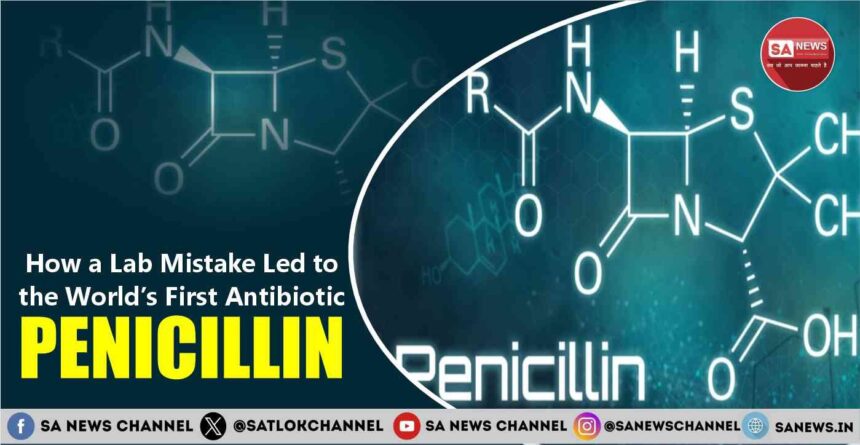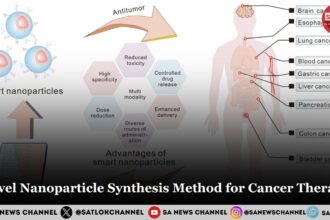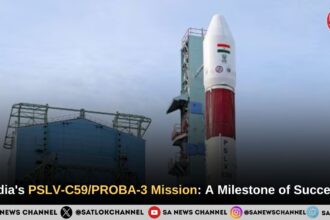In 1928, a serendipitous oversight in a cluttered London laboratory led Scottish scientist Alexander Fleming to what would become the world’s first true antibiotic. This chance observation at St. Mary’s Hospital set in motion a medical revolution. Fleming did not invent penicillin; he discovered it by accident, a fact he openly acknowledged throughout his life.
Alexander Fleming: The Scientist and the Surprise
Born August 6, 1881, in Darvel, Scotland, Fleming trained in medicine at St Mary’s in London before joining the hospital’s bacteriology department. Known for his keen scientific intuition, Fleming was investigating Staphylococcus aureus, a common bacterium responsible for various infections.
On September 3, 1928, shortly after returning from holiday, Fleming examined petri dishes he had previously prepared. One dish had become contaminated with a blue-green Penicillium mold, later classified as Penicillium notatum (now P. rubens). He noticed that the bacterial colonies near the mold had been destroyed, while those farther away remained unaffected.
Instead of discarding the dish, Fleming investigated further. He grew the mold in pure culture, isolated the substance it secreted, and named the active agent penicillin. He published his findings in 1929, describing the mold’s antibacterial effects on various disease-causing organisms.
However, Fleming found it difficult to purify the compound or produce it in quantities sufficient for therapeutic use. As a result, penicillin remained largely a laboratory phenomenon throughout the 1930s, receiving limited attention from the scientific community.
From Laboratory Curiosity to Therapeutic Breakthrough
The turning point came in the late 1930s, when a research team at the University of Oxford revisited Fleming’s earlier work. Led by Howard Florey and Ernst Boris Chain, and supported by chemist Edward Abraham and biochemist Norman Heatley, the team launched a full-scale investigation into penicillin’s potential.
Heatley devised crucial methods for extracting and purifying penicillin by adjusting the solution’s pH levels. The team also developed makeshift fermentation setups using porcelain vessels to cultivate the mold on a larger scale.
In May 1940, they performed successful experiments on mice infected with lethal doses of streptococcal bacteria. The results were published in The Lancet, signaling the start of penicillin’s transition from scientific curiosity to medical game-changer.
In early 1941, the team conducted their first human trial. The patient, Constable Albert Alexander, was suffering from severe staphylococcal and streptococcal infections. His condition dramatically improved after receiving penicillin. Unfortunately, due to limited supply, the treatment could not be sustained, and the patient relapsed and died. This tragic case highlighted the urgent need for mass production.
Wartime Urgency and Industrial Scale-Up
With World War II raging, Britain lacked the resources for industrial-scale penicillin production. Florey and Heatley traveled to the United States in mid-1941, seeking help from American pharmaceutical companies and government agencies.
In a landmark collaboration, American researchers discovered a more potent strain of Penicillium on a moldy cantaloupe in Peoria, Illinois. They then developed advanced fermentation techniques to enable large-scale production.
By D-Day in June 1944, there was enough penicillin to treat all Allied soldiers wounded during the Normandy landings. The antibiotic significantly reduced infection-related deaths and amputations, transforming battlefield medicine and contributing to the overall success of the Allied forces.
In 1945, Fleming, Florey, and Chain were jointly awarded the Nobel Prize in Physiology or Medicine for their combined efforts in the discovery, development, and application of penicillin.
Impact from the 20th Century to Today
Penicillin ushered in the antibiotic age, saving millions of lives by effectively treating diseases like pneumonia, scarlet fever, syphilis, meningitis, and wound infections. It marked the beginning of a new era in medicine, catalyzing the discovery of other antibiotics such as streptomycin, tetracycline, and erythromycin.
Also Read: Exploring Microbiology A Journey Through the Hidden World of Microorganisms
However, the rise of antibiotic resistance began as early as the 1940s, with resistant strains of bacteria emerging soon after penicillin entered widespread use. By the late 20th century, resistance had become a global concern. Today, antibiotic-resistant infections are responsible for hundreds of thousands of deaths each year, with projections suggesting up to 10 million annual deaths by 2050 if the trend continues unchecked.
Despite these challenges, penicillin remains a widely used drug. Modern variants such as penicillin G, penicillin V, ampicillin, and amoxicillin are routinely prescribed to treat a variety of bacterial infections. Though allergies and resistance limit its use in some cases, it remains a cornerstone of modern antimicrobial therapy.
The Role of Serendipity in Scientific Discovery
What makes penicillin’s story so extraordinary is its origin in accident and observation. Fleming’s lab was neither particularly organized nor well-equipped, and it was only his attentiveness and scientific curiosity that led him to explore an otherwise mundane lab contamination.
Historians have even noted that the weather in late August 1928 in London cool and damp likely created ideal conditions for mold growth and slowed bacterial spread, enabling Fleming to witness the antibacterial zone. A different season, or a slightly cleaner lab, might have buried the discovery entirely.
Although Fleming himself admitted that the discovery was unintentional, his decision to investigate further turned a moment of chance into one of the most consequential scientific findings in human history.
Divine Design and Serendipity
In the accidental discovery of penicillin, we see a striking reflection of a principle deeply embedded in Sat Gyaan as taught by Sant Rampal Ji Maharaj: although everything unfolds by divine will, God allows His devotees to receive credit. Just as Alexander Fleming’s oversight leaving a mold‑contaminated dish unveiled nature’s cure, God orchestrates divine assistance quietly, granting humans the opportunity to observe and apply it.
In ancient scriptures and Puranas, Brahm (Kaal) would temporarily inhabit a devotee’s body, granting them superhuman strength to vanquish evil. In the Bhagavad Gita, Brahm describes Himself as the strength behind every being’s mind and body yet devotees must engage in intense tapasya to receive even a glimpse of that power. Sat Gyaan teaches that by engaging in true worship as prescribed in the Vedas, initiations from Sant Rampal Ji Maharaj allow souls to tap into divine boons effortlessly. Without lengthy austerity, devotees can gain spiritual strength and advance toward moksha, while God remains the unseen architect granting essential guidance and help, and the devotee receives honour for the result.
When Divine Will Meets Human Curiosity
The story of penicillin is more than just a landmark in scientific history; it is a testament to how divine design and human attentiveness can converge to transform the world. A simple, accidental mold contamination turned into a global lifesaver, not through planning, but through providence and perception. As Sant Rampal Ji Maharaj explains through Sat Gyaan, such events are no coincidence; they are orchestrated by God to benefit His souls, with credit gracefully passed to His children. Whether it is healing a body with antibiotics or healing a soul through true worship, the mechanism is the same: God works silently behind the scenes, shaping outcomes, uplifting lives, and rewarding those who seek truth. Penicillin’s discovery is proof that when even a small act done with attention aligns with divine intent, it can change the course of history.
FAQ
- What was the accident with penicillin?
A mold accidentally contaminated Alexander Fleming’s petri dish, killing nearby bacteria and leading to the discovery of penicillin. - What is the most serious reaction to penicillin?
The most serious reaction is anaphylaxis, although rare, it is a life-threatening allergic response that requires immediate medical attention. - Why was penicillin banned?
Penicillin has never been fully banned, but its overuse has led to resistance concerns, prompting regulated usage in some regions and industries. - What was the first antibiotic discovered accidentally?
Penicillin was the first antibiotic discovered accidentally in 1928 by Alexander Fleming. - What was penicillin used for?
Penicillin has been used to treat bacterial infections such as pneumonia, syphilis, strep throat, and wound infections.









